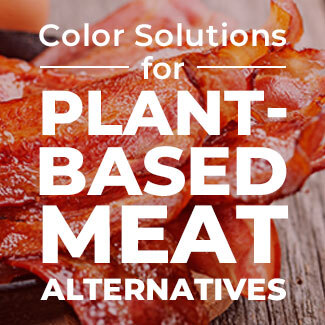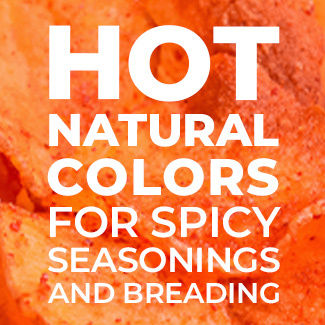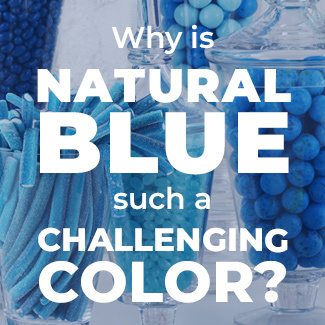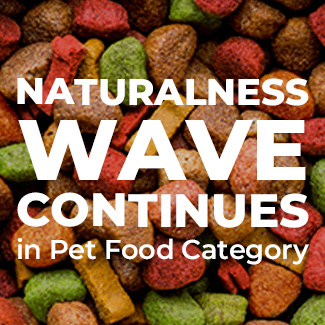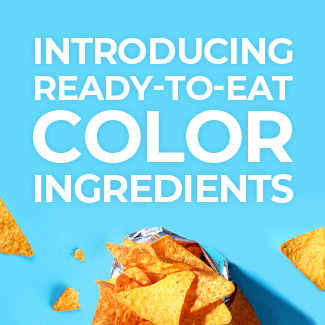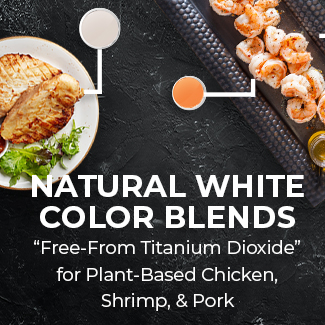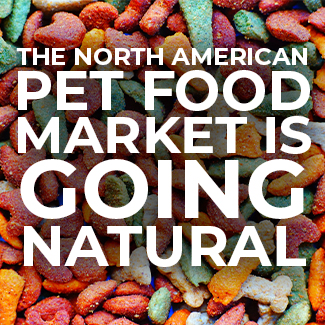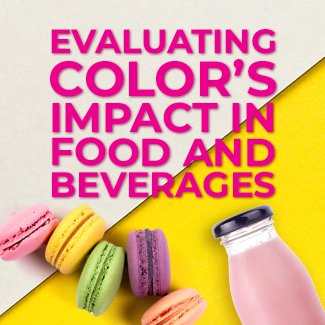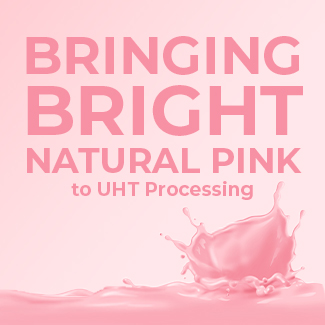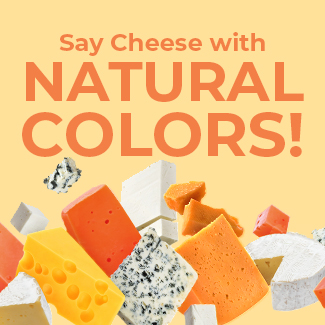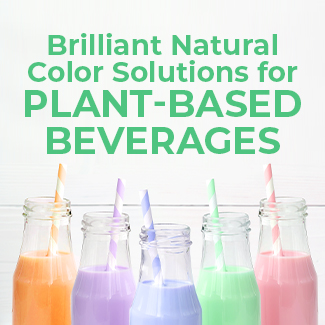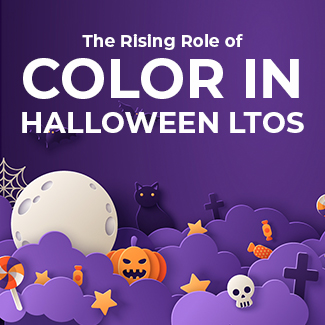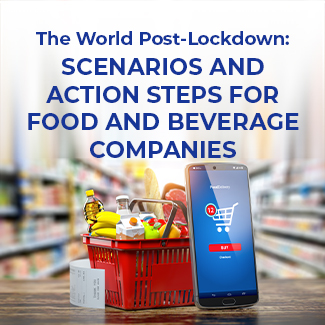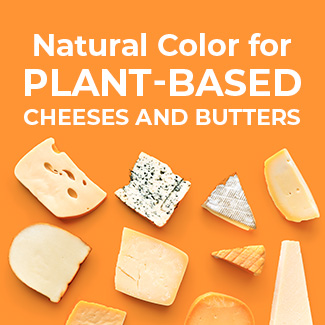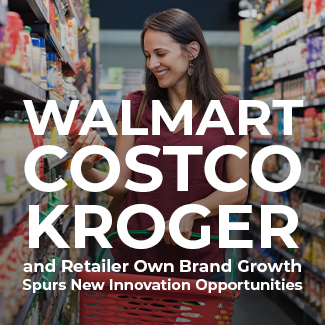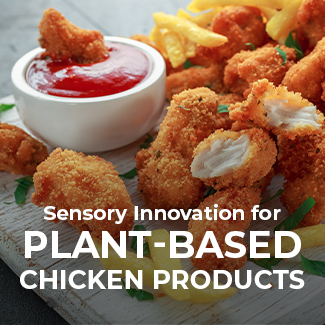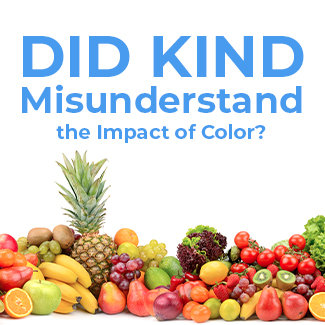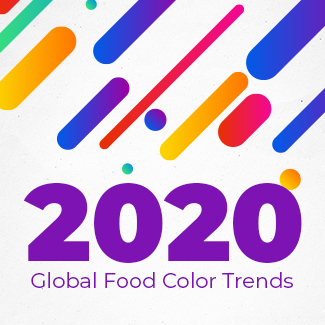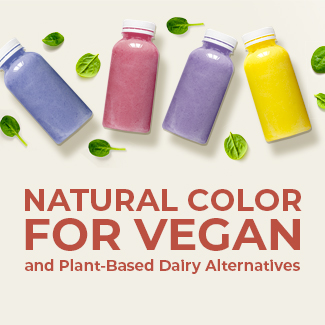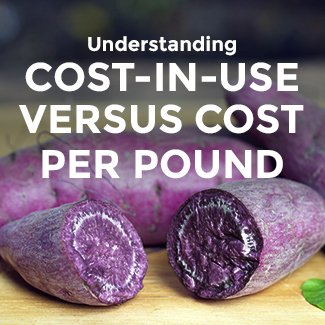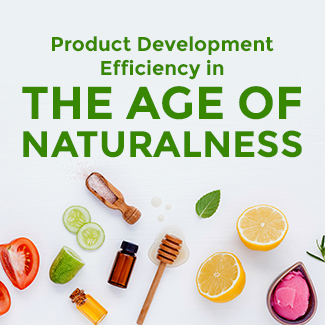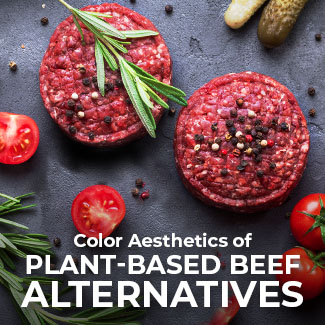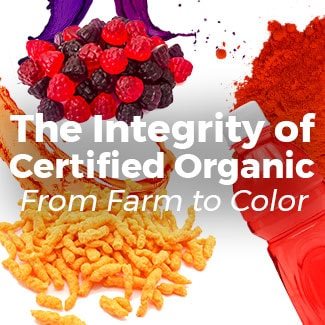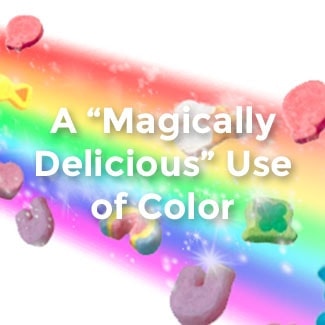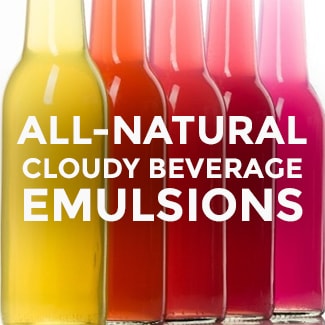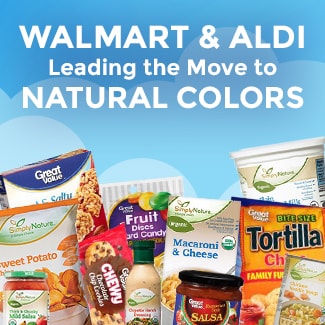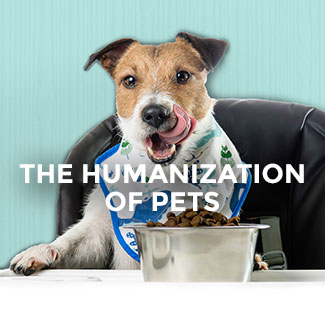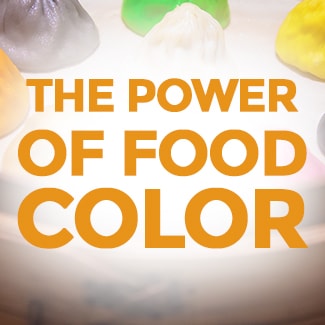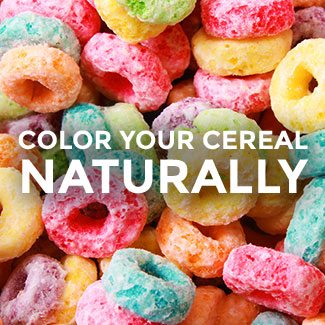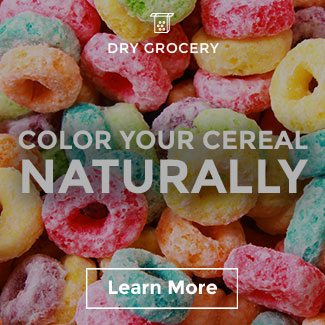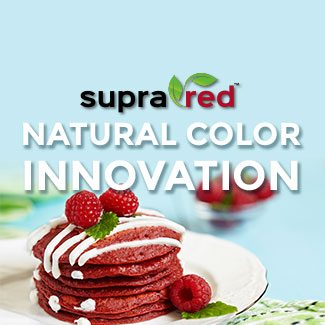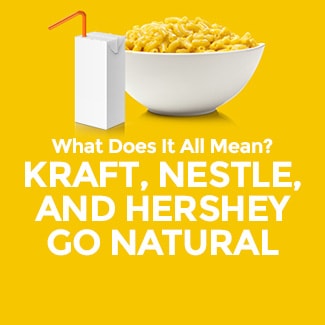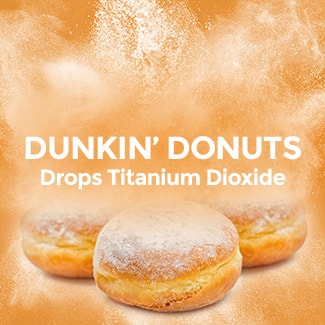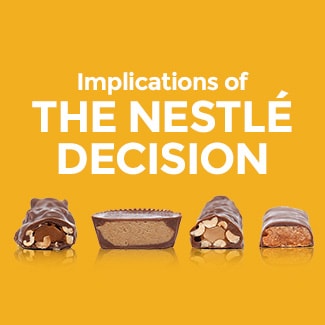Market Trends in the Growing Plant-Based Meat Category
There’s no denying that consumer demand for plant-based meat analogues is shifting the market. From major brands looking to capitalize on the segment’s growing popularity, to new up-and-coming brands innovating quickly, everyone wants a piece of the plant-based meat pie. So what opportunities are there for a brand to make room for itself on the increasingly crowded shelf?

Opportunity: Target Growing Flexitarian Market
While consumers identifying themselves as “vegan” remain a relatively small portion of the population, a significantly larger percentage are increasingly trying to reduce their consumption of meat overall. Motivations range from health-oriented to environmental concerns, but the result is that an opportunity exists for brands to produce plant-based meat products that don’t need to cater to the restrictive vegan label.
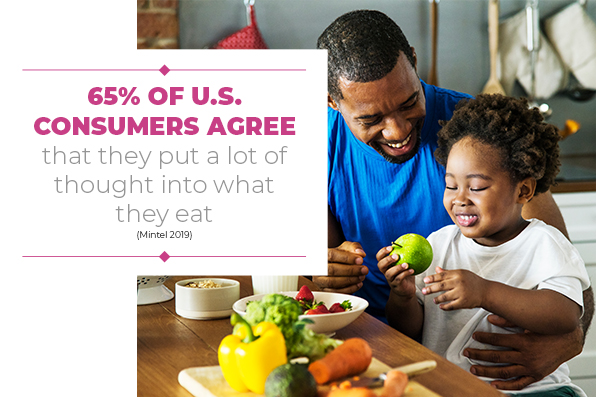 Products that combine animal and plant ingredients into “blended” meat alternatives are an easy way for brands to dip a toe in the plant-based waters. Brands that choose this route can connect with consumers that have both flexitarian and more mainstream “omnivore” diets. Blended products can align with both protein-heavy and ethically-aware dietary patterns, capitalizing on the idea that even a little traditional meat, poultry, or fish can make a big difference in taste.
Products that combine animal and plant ingredients into “blended” meat alternatives are an easy way for brands to dip a toe in the plant-based waters. Brands that choose this route can connect with consumers that have both flexitarian and more mainstream “omnivore” diets. Blended products can align with both protein-heavy and ethically-aware dietary patterns, capitalizing on the idea that even a little traditional meat, poultry, or fish can make a big difference in taste.
+23% average increase across U.S. in plant-based meat sales
when those items were sold in the meat department
(PBFA and Kroger 2020)
A 2020 study by the Plant Based Foods Association (PBFA) and Kroger found that in the Midwest region, where a flexitarian diet is growing in popularity, plant-based meat sales were up 32% when placed in the meat department. In products targeting flexitarian consumers, color can be critical in ensuring that the final visual matches the expected visual of the traditional product. The raw color needs to transition completely to the cooked appearance, and color experts can help identify the natural color solutions to create the visuals consumers expect. In order to resonate with consumers, the next wave of meat substitute innovations will need to deliver a full sensory experience, from taste and texture to the raw and final cooked appearance.

Opportunity: Deliver Unique Formats and Products
Plant-based burgers are the entry-level product these days.
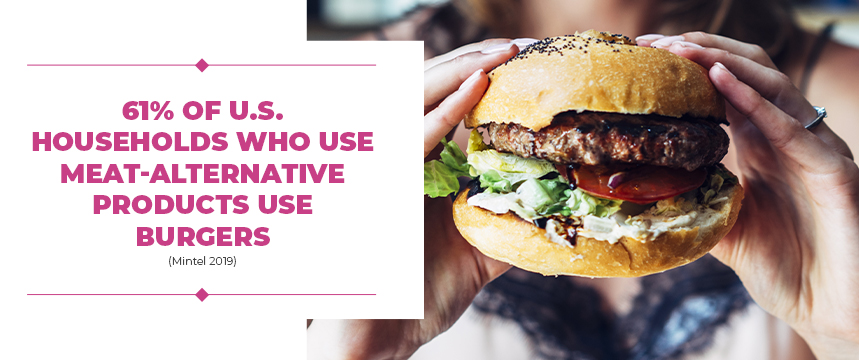
Advanced developers are looking to create differentiation for their brands by releasing products that fill more niche markets. According to Mintel, a Dutch company has developed the world’s first vegan ribs, and alternative snacks like kelp jerky, veggie cocktail sausages, and even meat-free carpaccio are on the rise.
As the frozen and chilled aisle becomes more and more crowded, brands need to continue to innovate beyond burger patties and sausages. Color can be a key differentiator and help stand out on a shelf or in a cooler. Convincing and appealing visuals, whether an imitation of raw meat or pre-cooked packaged products, can be achieved with a variety of cost-effective blends with botanical labeling, as our technical team has previously discussed.
33% of all meat-substitute launches
introduced in Latin America were unflavored in 2019
(Mintel 2019)
Color can also be used to show flavor and special seasonings in line extensions for existing meat substitutes. For example, if your brand has already released a shredded chicken product, a warm brown from a Sienna™ blend can create the appearance of BBQ, while a bright red-orange blend tells consumers that a spicy flavor would work well in an enchilada.
Opportunity: Create Nutritional Value
Beat traditional meat products by developing recipes with higher protein and a lower sodium profile.
50% of U.S. consumers
age 18-44 agree that plant-based foods can provide all the protein they need
(Mintel 2019)
Combat critical claims of over-processed products with clean labels and easy-to-read botanically-sourced ingredients that appeal to consumers. Natural colors from plants like beets can be labeled as fruit and vegetable juices, which consumers expect to see in plant-based products.
Opportunity: Spotlight Sustainability
Plant-based meat is often positioned as good for both the environment and for animal welfare. Connecting these products to sustainability and corporate responsibility efforts can engage consumers motivated by environmental concerns.
A 2018 study by Beyond Meat, the Center for Sustainable Systems, and the University of Michigan claims that compared to traditional US beef, plant-based burgers are more sustainable:
90%
less greenhouse gas emissions generated
46%
less energy required
99%
less impact on
water scarcity
93%
less impact on land use
Next Steps for Plant-Based Product Development
These are just a few opportunities we see across the industry for plant-based innovation around the world. When you’re ready to move forward with your next plant-based meat products, our team of technical experts is here to help you create the full sensory experience that will wow your consumers. The market is moving fast, but turnkey solutions can help you move faster. It’s never too early in the development process to schedule a consultation with an expert. You can also request a free sample when you’re ready to move your ideas to the benchtop!















